Johnny Depp has been in news a lot lately but what is pertinent to this topic is that the lazy eye has not even spared our favorite Jack Sparrow. However, it didn’t stop him from fulfilling his dreams. He is today one of the most celebrated actors in cinema.

Q1. What is a lazy eye?
A lazy eye is medically referred to as amblyopia, which is Greek for dullness in vision. Amblyopia is a neurological condition that causes a disorder of visual pathways in early childhood and, consequently, poor vision.
Q2. HOW IS AMBLYOPIA DIAGNOSED?
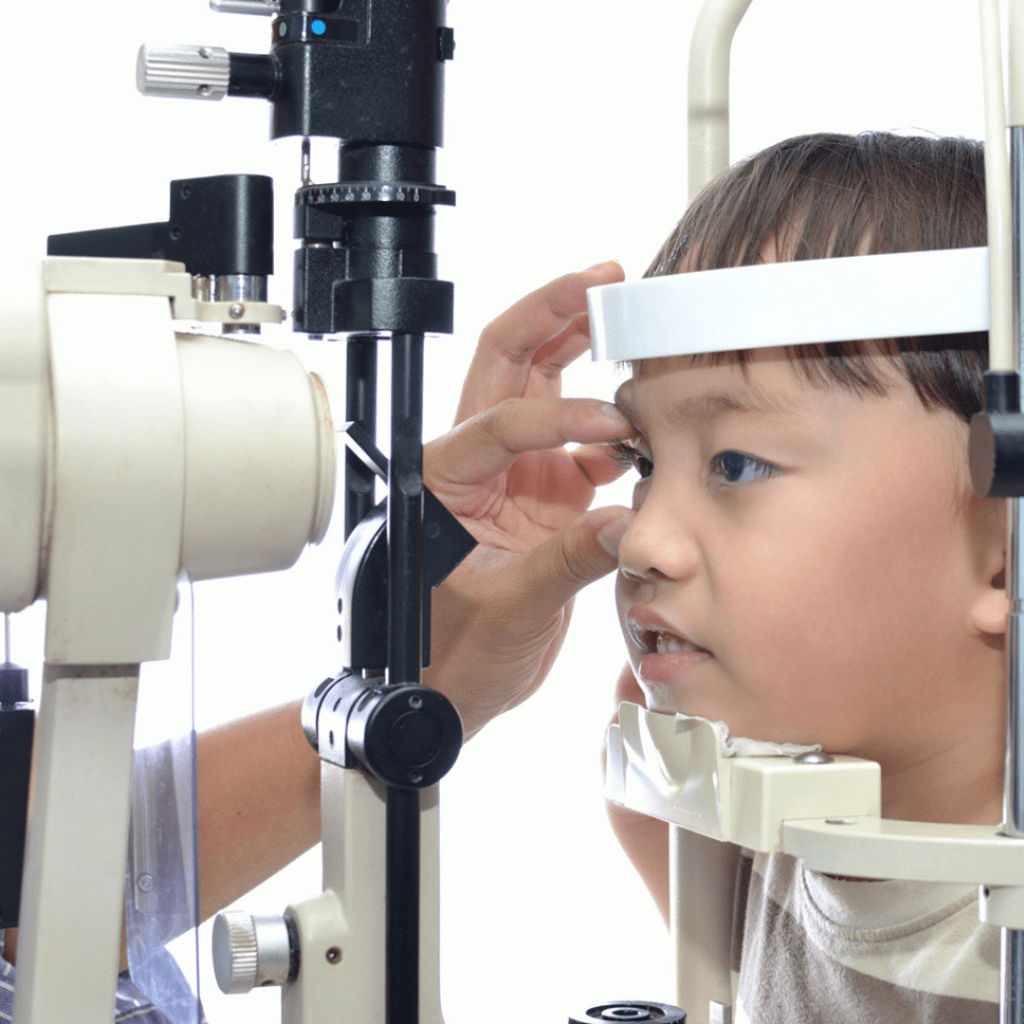
An amblyopia diagnosis is made in the doctor’s office after a clinical evaluation. Diagnosis can be made by testing visual acuity, eye movements, slit lamp examinations, and retinal examinations.
In unilateral cases (one eye affected), there will be a difference of 2 or more lines on the Snellen chart, while in bilateral cases, there will be a visual acuity of 6/12 or worse not improving with vision correction.
Q3. WHAT ARE THE TYPES OF AMBLYOPIA
1. StRabismic:
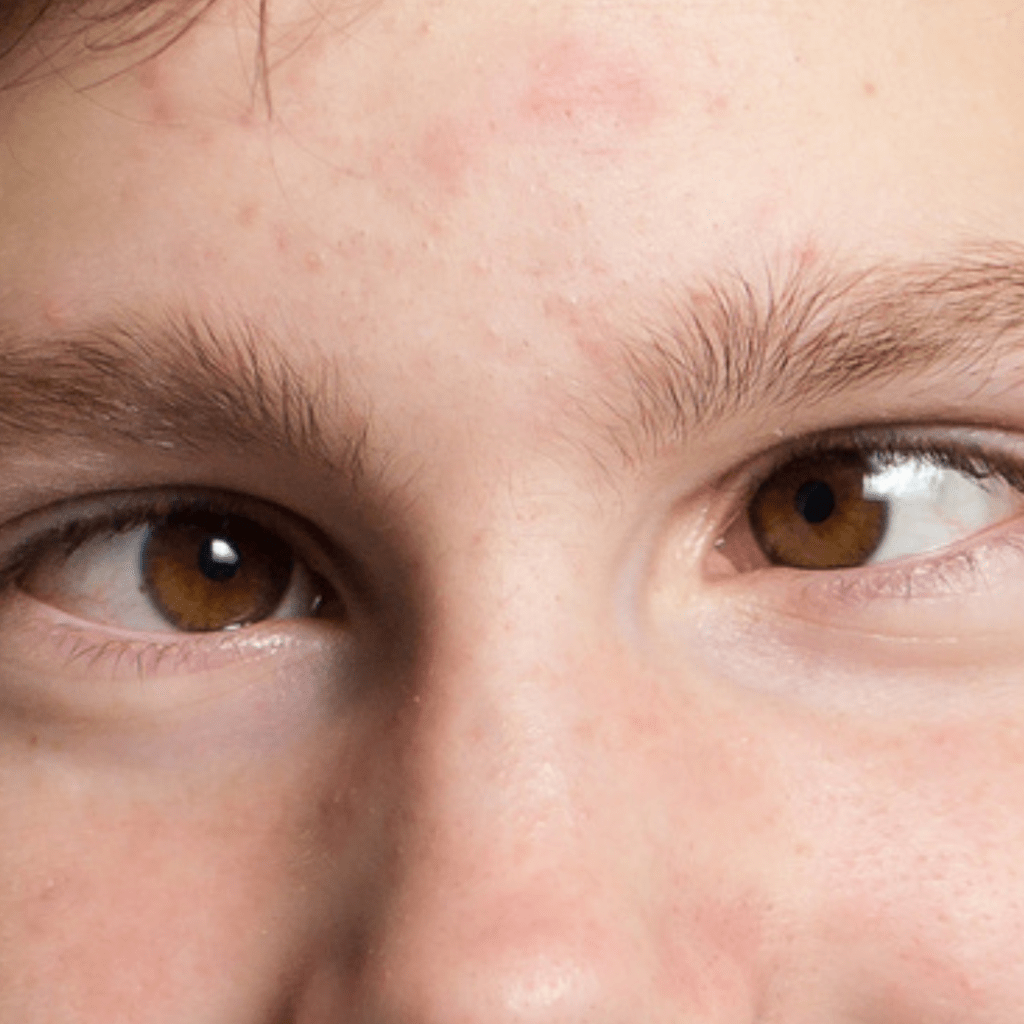
Squint is another name for strabismus. Due to a misalignment of the eye, squint can cause blurred images in the brain. With time, the brain learns to ignore the blurred image from the squinting eye and prefers the better eye. As a result, the squinted eye develops lazy eye.
2. Refractive:
Both eyes have uncorrected and dissimilar refractive errors. The brain will cancel out the defocused image formed by the eye with a greater refractive error.

There are three types of refractive amblyopia
- Anisometropic: Unilateral decrease in the vision with a difference of eye power between the lazy and sound eye of >+1.5 D for hypermetropia, >-3D for myopia, and, >2D for astigmatism
- Isoametropic: Bilateral or both eyes have decreased vision due to large, almost equal and uncorrected refractive error: Hypermetropia >+4 to +5D, Myopia > -5D to -6 D
- Meridional: uncorrected astigmatism or cylinder power in one particular axis in both eyes in early childhood will lead to blurred image in that meridian
Astigmatism >2D to 3D cylinder power in one particular axis in both eyes.
3. Visual deprivation or sensory deprivation strabismus:
Among all forms of amblyopia, this is the most severe. In this type of amblyopia, there is less visual stimulus due to an eye abnormality. These could be corneal problems, a childhood cataract, cloudiness of the lens, complete ptosis or upper eyelid drooping.
4. Organic:
When there is no squint, refractive error, or obstruction in vision to explain the lazy eye, then it is organic. Identifying the reason for this requires intense evaluation of the eye especially the retina.
5. Reverse amblyopia:
The condition occurs when occlusion therapy or atropine penalization results in visual deprivation in the fellow eye.
Q4. WHEN IS THE RIGHT TIME TO TREAT AMBLYOPIA
The critical period in amblyopia treatment is the first seven years of a child’s life. In this period, the visual pathway maturation occurs, which is the visual processing from the eye to the visual cortex in the brain.
Lazy eye occurs when the brain dampens the signals from one eye due to an obstruction in the neurodevelopmental process of that eye. It may be due to uncorrected refractive error, squint, or even childhood cataracts.
It is therefore important to diagnose and treat amblyopia before the visual pathway has completed maturation, which is before 7 years of age.
Q5. HOW DO I KNOW THAT MY CHILD HAS AMBLYOPIA?
Any child of school-going age or even younger should get an eye examination. However, you can observe certain signs that may indicate amblyopia in a child, such as
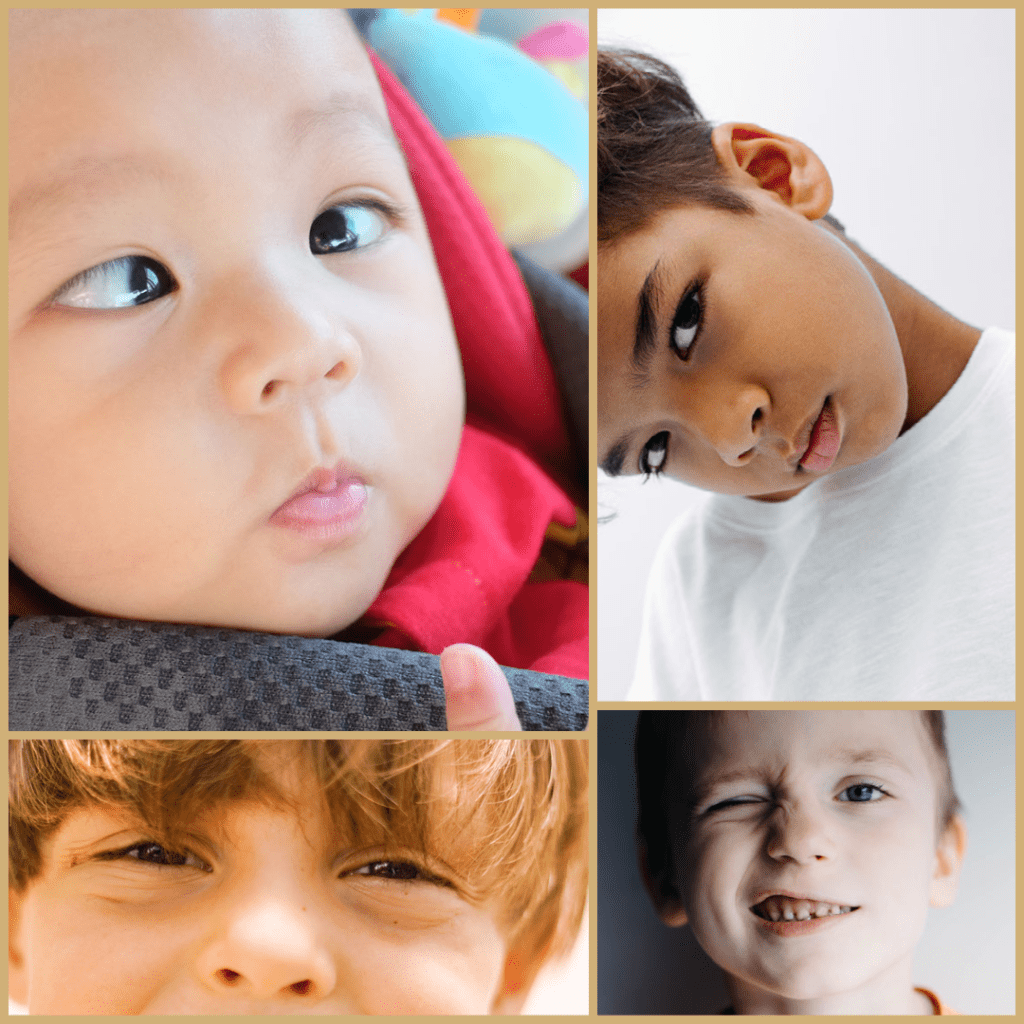
- Head tilting
- Squeezing eye to see better
- Closing one eye
- Squinting
- Frequent history of falls
- Poor hand-eye coordination
Q6. HOW IS AMBLYOPIA TREATED
In order to treat amblyopia, it is important to equalize the innervation coming from both eyes. This can be accomplished by addressing the following three issues:
- Treat the cause of visual deprivation:
Preventing visual deprivation amblyopia involves removing any obstruction in the vision such as corneal and lenticular opacities
Strabismus correction assists in achieving Binocular Single Vision or BSV and eradicates the cause of strabismic amblyopia.
- Correct any significant refractive errors
The doctor will do a visual acuity testing under cycloplegia. Instilling cycloplegic drops into each eye will relax the accommodation, which will reveal the full visual demand.
- Force the use of amblyopic eye by limiting the use of the better eye
Following the prescription of glasses for his or her refractive error, the child receives follow-up care for 6 to 8 weeks.
Patching or atropine penalization of the better eye may be done if visual acuity does not improve with refractive correction.
Q7. HOW LONG SHOULD A CHILD WEAR A PATCH?
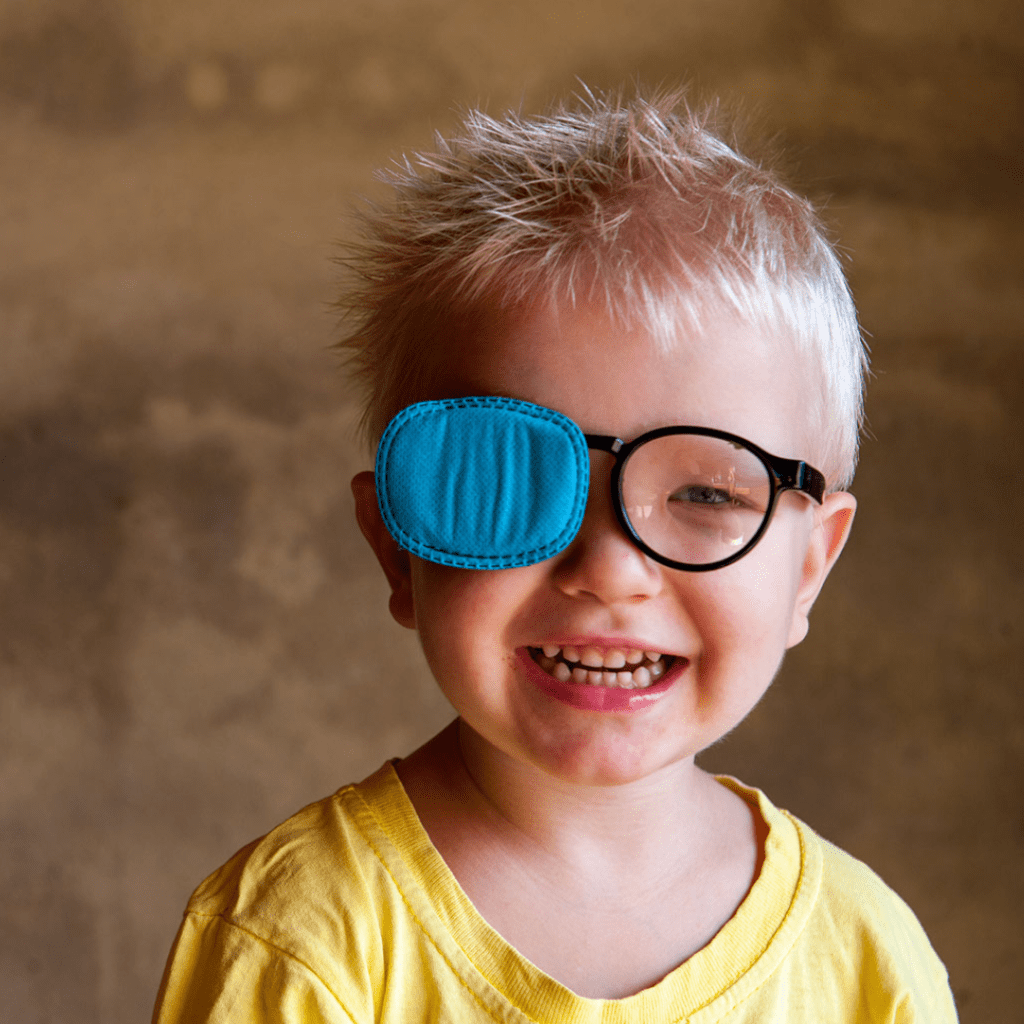
ATS (Amblyopia Treatment Study) by PEDIG recommends 2 hours of daily patching for moderate amblyopia (6/12-6/24) and 6 hours of daily patching for severe amblyopia (6/24 and worse) with follow-up for 12 weeks.
A two-hour patching is increased to six hours if residual amblyopia persists at the 12-week follow-up.
The major limitation of this therapy is compliance. Making a child do something, let alone wear a patch that can irritate their skin, is very difficult.
Q8. WHEN IS PATCHING STOPPED?
After amblyopia has been resolved, patching is discontinued. This means:
1. Equal visual acuity in both eyes or
2. Amblyopic eye visual acuity within 1 line of sound eye or
3. Improvement in binocular VA of approximately 4 lines.
Q9. WHAT IS PHARMACOLOGICAL PENALIZATION
Children who are unwilling to wear patches or who have not shown significant improvement even after wearing patches for 6 hours daily can receive 1% atropine in their better eye weekly.
Side effects of atropine penalization:
- Fever
- GI disturbances
- Confusion, drowsiness, dizziness
- Dryness
- Flushing of skin
- Unusual behavior, irritability
Q10. WHAT IS VISION THERAPY FOR AMBLYOPIA?
Vision therapy is like physiotherapy for eye. The exercises involve the use of lenses, prisms, filters, patches, and other specialized equipment.
A passive vision therapy is eye patching, while an active therapy is vision therapy. By using exercises, active therapy retrains how the brain interprets visual information from both eyes.
The use of advanced digital therapies (such as virtual reality devices) in amblyopia treatment improve these visual skills:
- Accommodation (focusing)
- Fixation (visual gaze)
- Pursuits (eye tracking)
- Saccades (switching eye focus, “eye jumps”)
- Spatial skills (eye-hand coordination)
- Stereopsis (3-D vision)
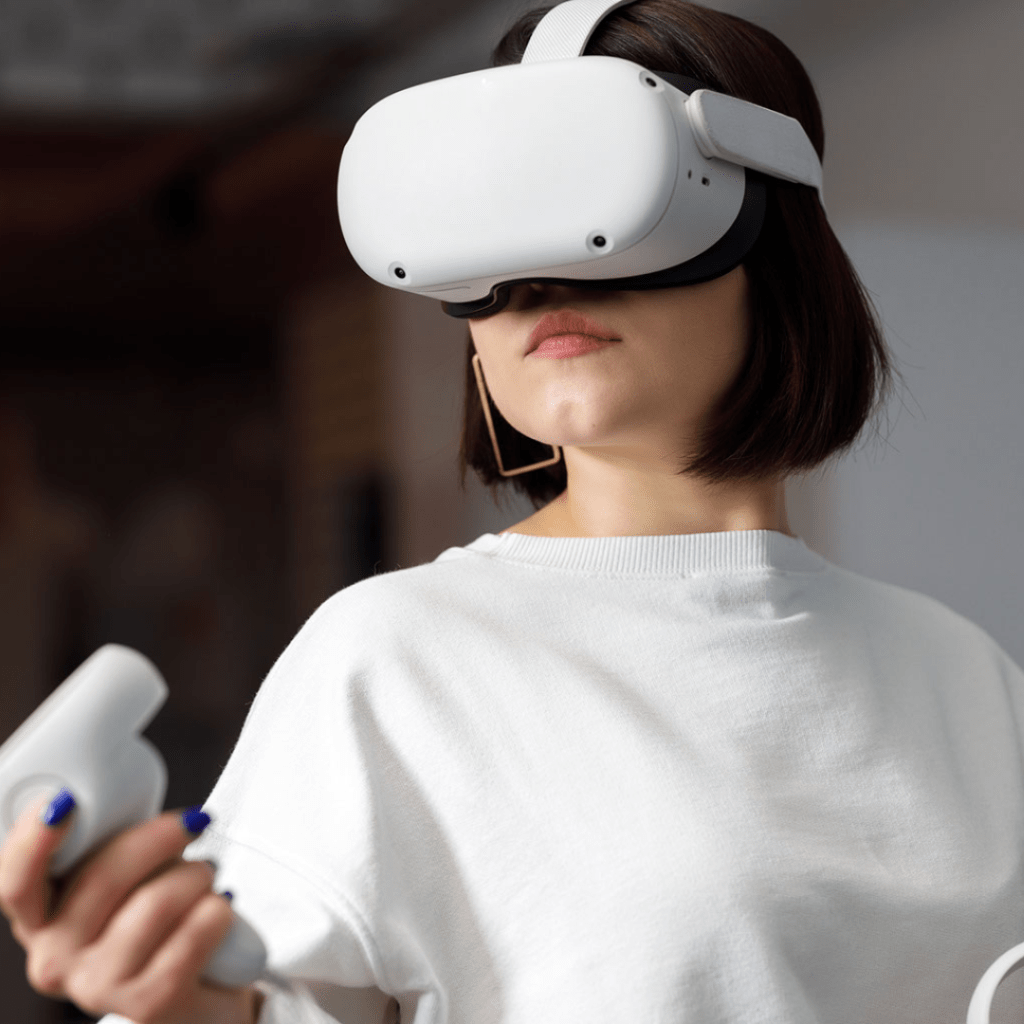
Q11. IS IT POSSIBLE TO TREAT ADULTS WITH AMBLYOPIA?
Yes, adults can be treated for lazy eye, also known as amblyopia. Lazy eye is a condition where the brain favors one eye over the other, leading to decreased vision in the affected eye. While lazy eye is most commonly diagnosed in childhood, it can also develop in adulthood and can be treated at any age.
The most common treatment for lazy eye in adults is vision therapy, which involves exercises and activities designed to strengthen the weak eye and improve the brain’s ability to process visual information from both eyes. This can include activities such as computer-based vision therapy, patching the stronger eye, and using special lenses to encourage the use of the weak eye.
In some cases, vision therapy may be combined with other treatments, such as corrective lenses or surgery, to achieve the best possible outcome.
It is important to note that the success of treatment for lazy eye in adults will depend on a variety of factors, including the severity of the condition, the age of onset, and the individual’s overall health and visual system.
There is a study using the Oculus Rift OC DK2 head-mounted display to treat adults with amblyopia using a VR called Diplopia Game (Vivid Vision). The authors concluded that dichoptic training using a virtual reality head-mounted display could be useful in treating adult anisometropic amblyopia.
Q12. CAN LASIK TREAT AMBLYOPIA?
No. Amblyopia is a neurological condition that causes a disorder of visual pathways in early childhood and, consequently, poor vision. Therefore, correction of refractive error by performing LASIK on the amblyopic eye will not correct the vision.
If you are experiencing vision problems or think you may have lazy eye, it is important to seek a comprehensive eye exam from a qualified eye doctor. They can help to diagnose your condition and develop an appropriate treatment plan to improve your vision and quality of life.
